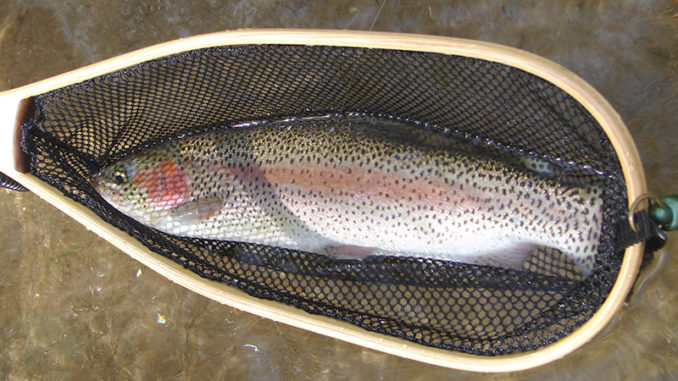
Without a doubt, delayed harvest trout streams have done more to provide increased opportunities for trout fishermen to enjoy the unique experience of fly fishing and having a level of success that would not have been available otherwise.
NC Delayed Harvest
North Carolina has done an excellent job in providing maximum opportunities for fly fishermen by establishing regulations that specify catch and release on 33 streams and two lakes in the state. These regulations allow the public to take advantage of the high number of trout stocked by the North Carolina Wildlife Resources Commission.
The seasonal stocking of trout plus the holdover fish are a great source of recreation for fishermen, and the opportunity to catch numbers of fish that would not otherwise be available. Once the delayed harvest period expires, these fish then provide sport as well as the opportunity to harvest fish for consumption.
The closed-harvest dates for North Carolina delayed harvest streams are Oct. 1, 2022 to June 2, 2023.
Fishermen wishing to take advantage of these opportunities should check the specific regulations for details. Some things to be aware of include:
Can tandem rigs be used?
Are barbless hooks required?
Exactly which areas are on the streams/rivers under the delayed harvest regulations?
SC Delayed Harvest
South Carolina does not have the great number of streams available that North Carolina offers. But they have some excellent choices. The state has five delayed harvest streams available in the upstate and one area in the mid-state on the Saluda River that is catch and release, year-round. This is the area from the eastbound I-20 bridge downstream to Stacey’s Ledge. It is unlawful to take and retain trout at any time in this section of the river.
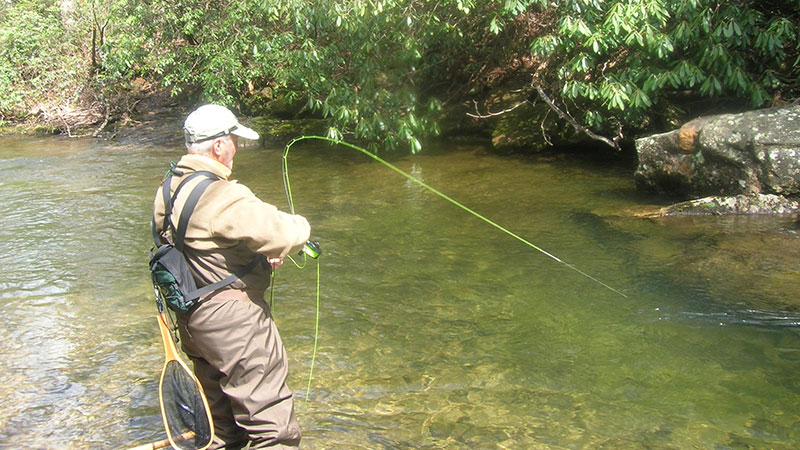
The same questions regarding specific regulations for these waters should be considered prior to fishing them.
Fish Responsibly
As responsible fishermen, we have been fortunate to have these opportunities to enjoy fly fishing on these delayed harvest waters. With the increased numbers of fish that are available due to the excellent stocking programs and the holdover fish, we have the benefit of catching and releasing a significant number of fish during each trip.
With this abundance, we are obligated to do our very best to preserve the resource and observe good catch and release practices. These include: landing fish as quickly as possible to avoid excessively tiring the fish, taking great care in removing the hook, using soft nets and wet hands when handling fish to avoid removing the protective slime, and reviving fish by holding loosely in water with their head upstream to allow oxygenated water to flow over their gills before releasing.
Observations
I have been the beneficiary of these excellent regulations and have experienced some amazing days on delayed harvest streams. I have also observed some disregard of these regulations by some fishermen and the resulting degradation of the fish population.
I vividly recall catching and releasing 42 trout on a North Carolina delayed harvest stream. It was a banner day of 9-inch to 12-inch fish on light tackle.
If fishermen desire a meal of fish, enough warm water species are available to meet their needs. We must observe the catch and release and delayed harvest regulations of trout fishing to ensure that all honest fishermen may experience a good day on the stream.
Several quotes by Lee Wulff are right on target in support of catch and release and delayed harvest for trout.
The finest gift you can give to any fisherman is to put a good fish back, and who knows if the fish that you caught isn’t someone else’s gift to you?
Gamefish are too valuable to be caught only once.
Don’t delay:
Anglers can have some of their best trout fishing days by fishing Delayed Harvest waters, and we should all do what we can to protect these waters and the fish that inhabit them.

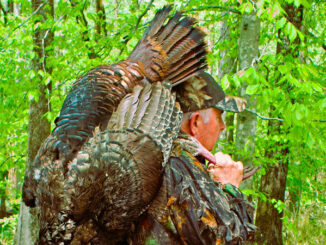
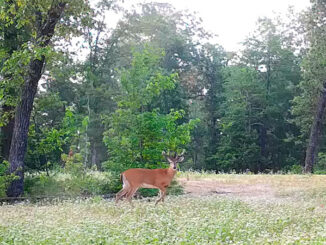
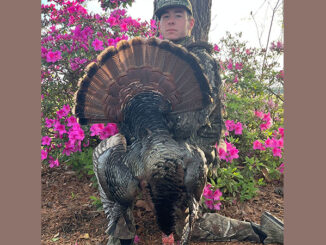
Be the first to comment